How can I tell if someone is experiencing SCA?
- Oct 5, 2021

How can I tell if someone is experiencing SCA?
The first step in knowing if someone is experiencing sudden cardiac arrest (SCA) is to know what it is and what to look for. Once you know the signs to look for it is important to be prepared for how to help through CPR or an AED to give the victim the best chance at survival.
What is Sudden Cardiac Arrest?
Cardiac arrest occurs when the heart stops beating and quivers. This stops blood from circulating to the brain causing the brain to lose oxygen and shut down. If someone is experiencing SCA they become unconscious and collapse unexpectedly. SCA can result from:
- Cardiac causes
- External causes
- Other medical causes
SCA is the leading cause of death in the United States with more than 356,000 adults experiencing out-of-hospital SCA. SCA most often occurs in the home, a public setting or a nursing home. Response time is important when someone is experiencing SCA.
How to Help
The response time from SCA occurring to treatment determines the likelihood of the victims survival. Help should be provided within 10 minutes for the best opportunity of survival. Depending on where the SCA occurs, help can be provided through the following steps:
1. Call 9-1-1
2. Find a nearby AED (if possible):
3. Start CPR until an AED can be used by the bystander or EMS
Brain damage can occur within five minutes of breathing stopping so it is important to begin CPR or using an AED as soon as possible. According to the CDC, the chances of survival increase 2x-3x when CPR is administered during SCA. The average response time of an ambulance in the United States is eight minutes so it is imperative CPR is administered or an AED is used immediately.
If you are unsure how to perform CPR you can take an online or on-site CPR class to become certified. You will learn how to recognize and respond to emergencies with CPR as well as how to use an AED. Most AEDs come with verbal and audio cues to help you feel confident using it.
On-Site CPR Training
Online CPR Training
Share:
Posted in AEDs, CPR and Emergency Preparedness
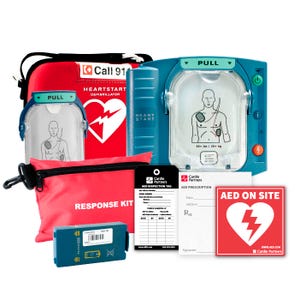
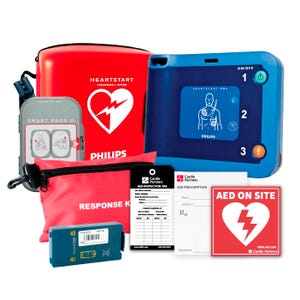
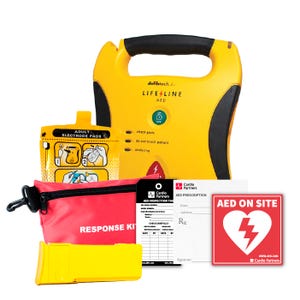
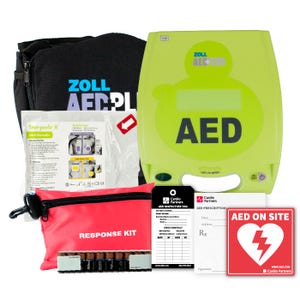
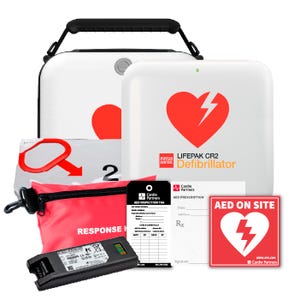
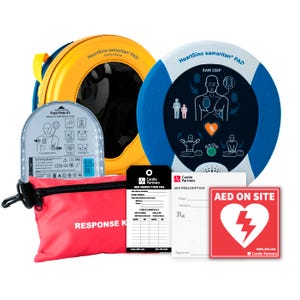
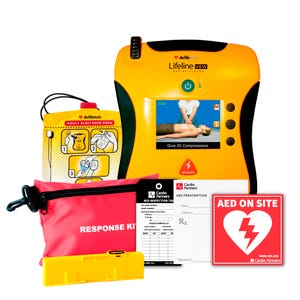

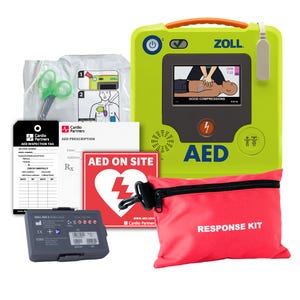
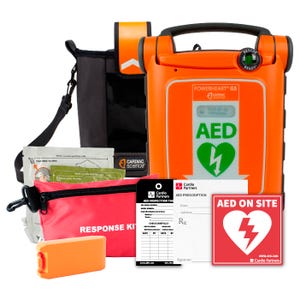
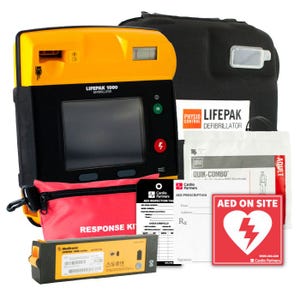
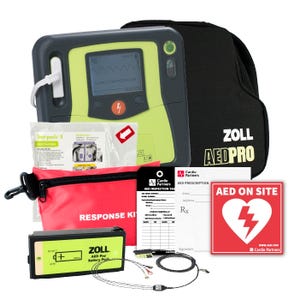
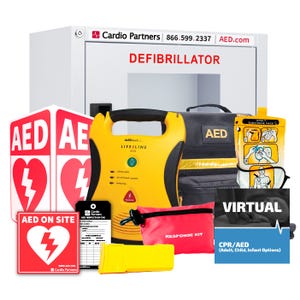
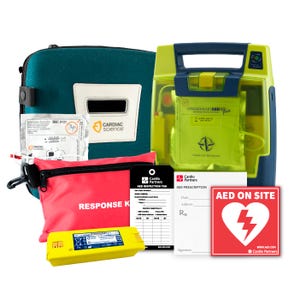
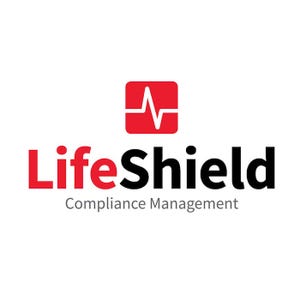
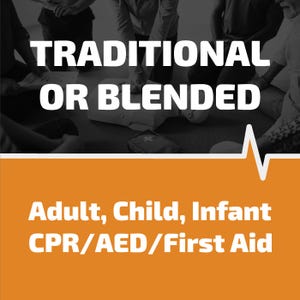
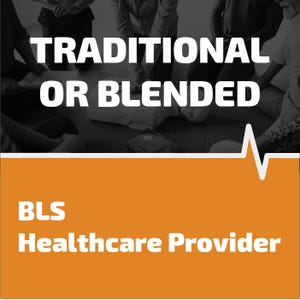
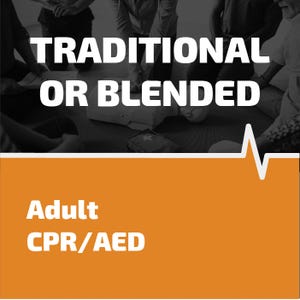
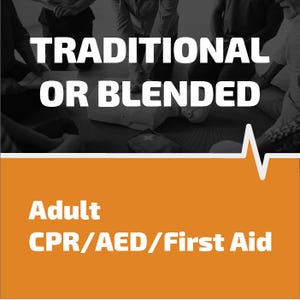
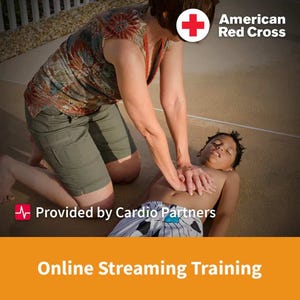
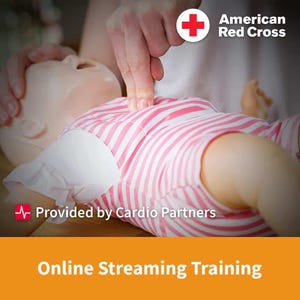
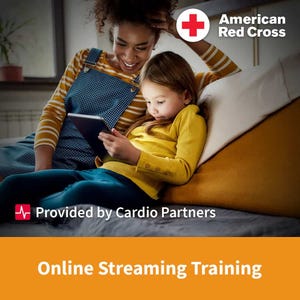
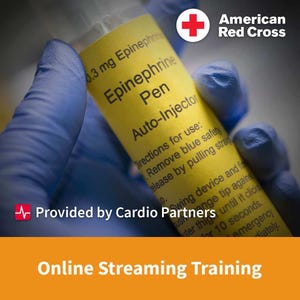
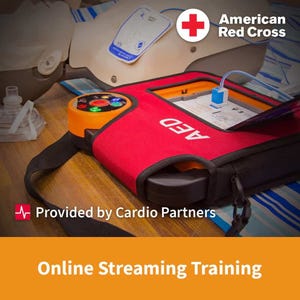
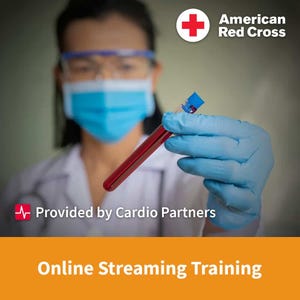
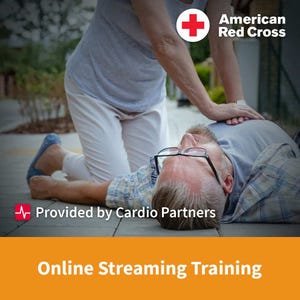
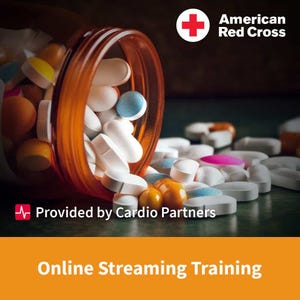
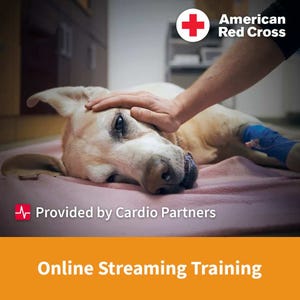
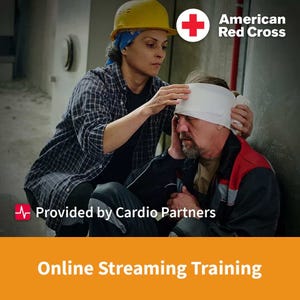
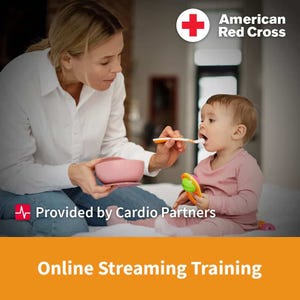
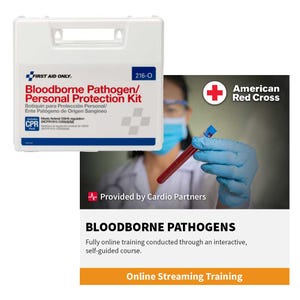
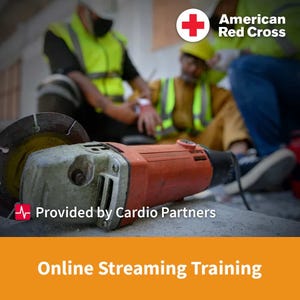
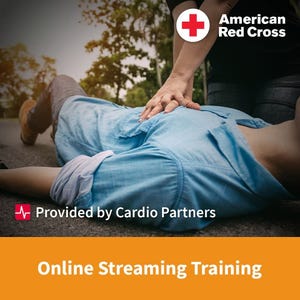
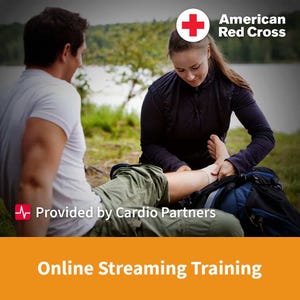
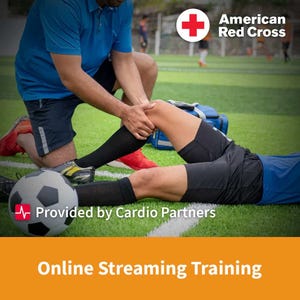





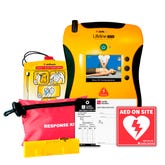
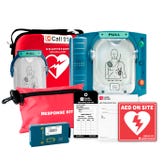

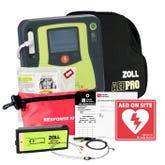
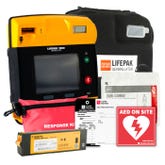
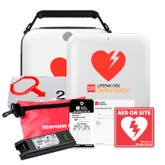
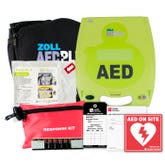
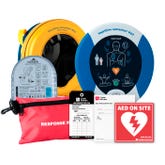
 CALL US:
CALL US: